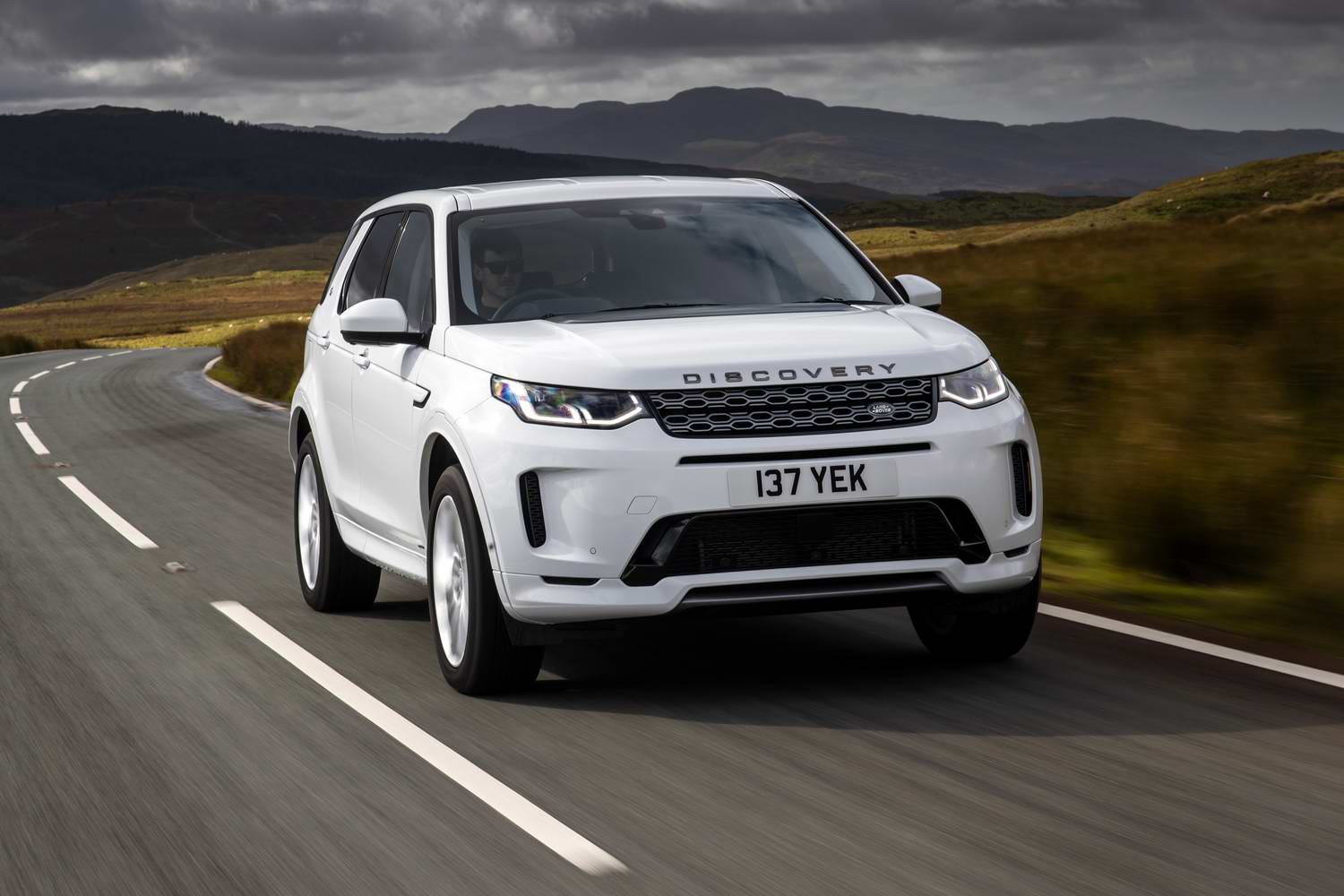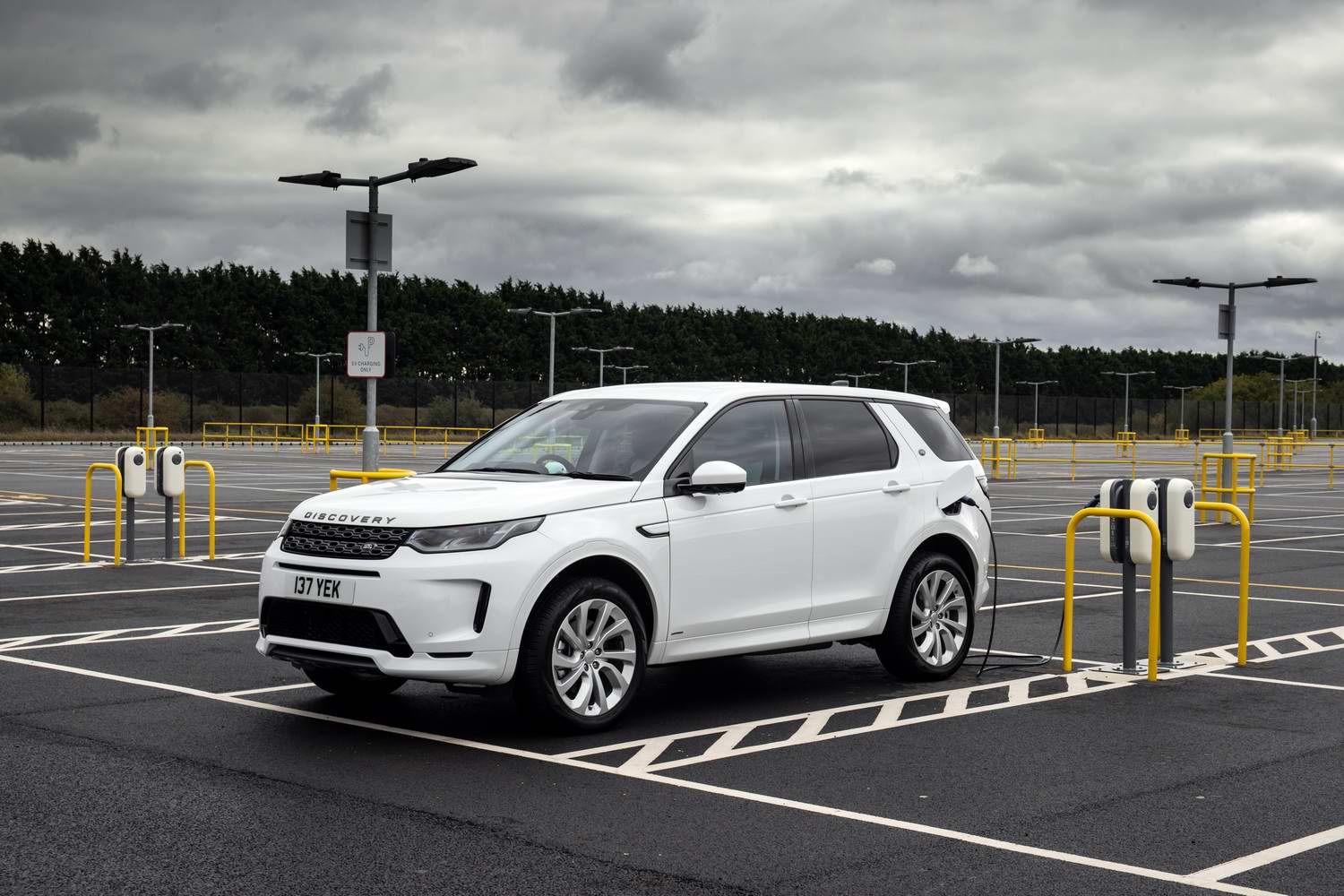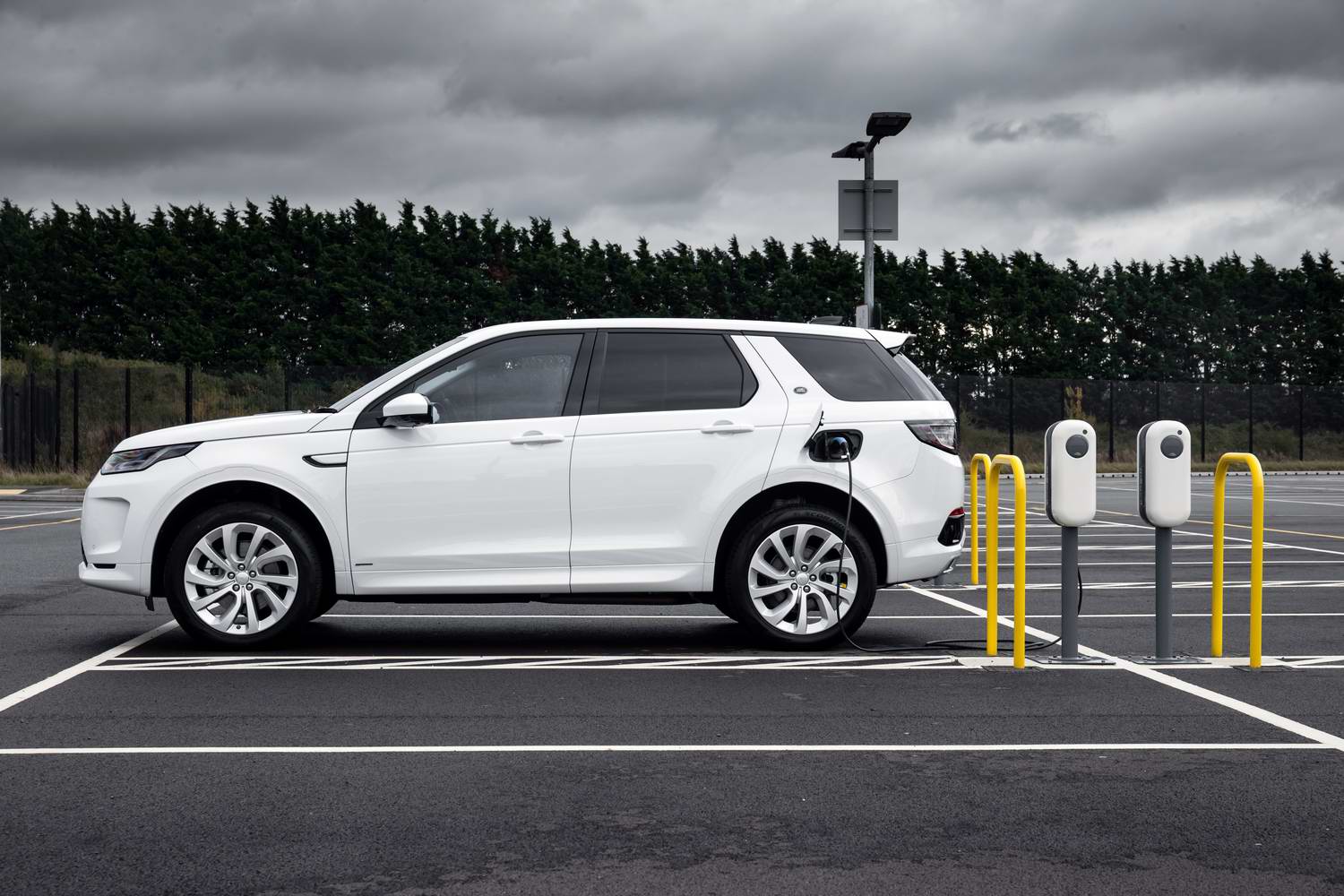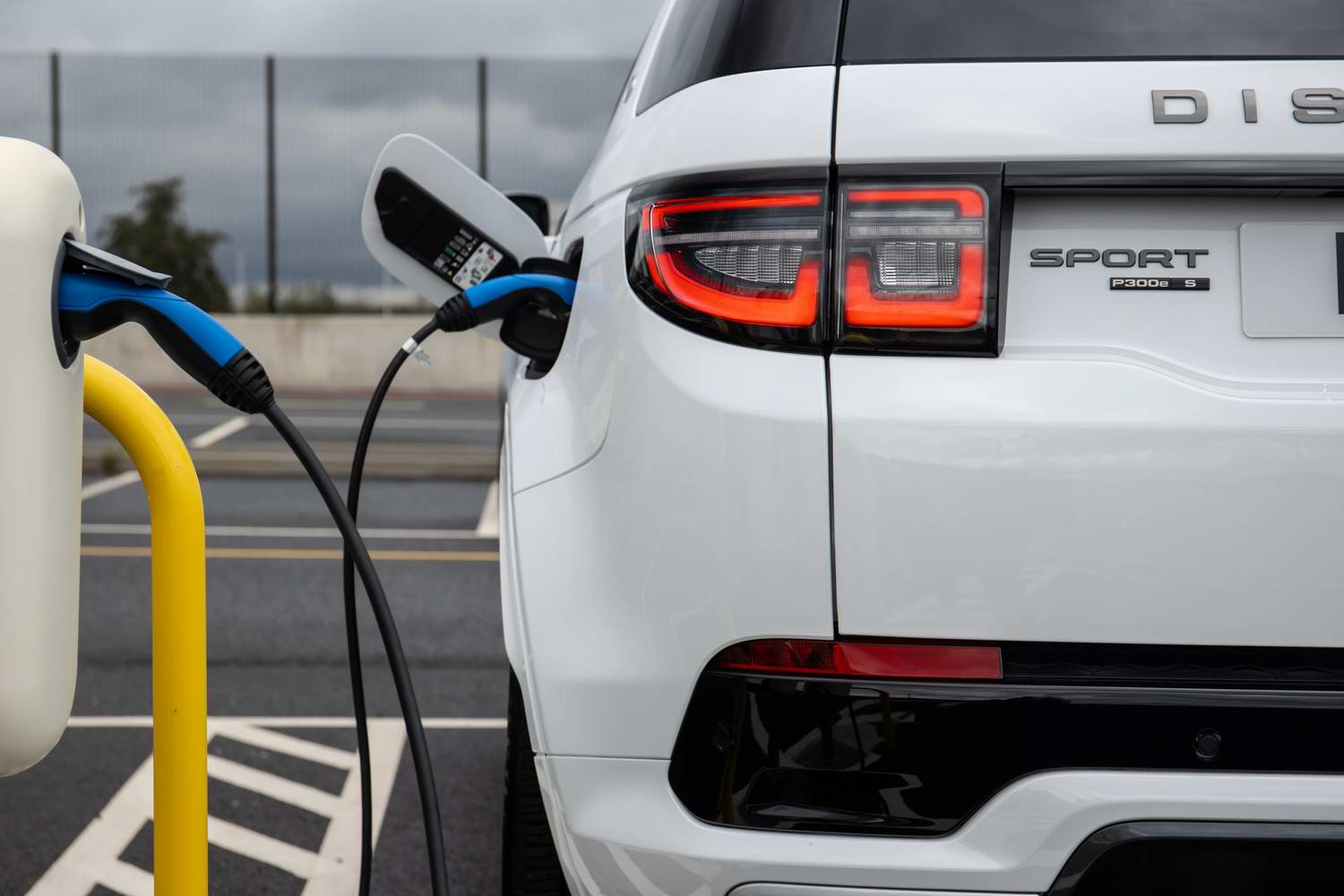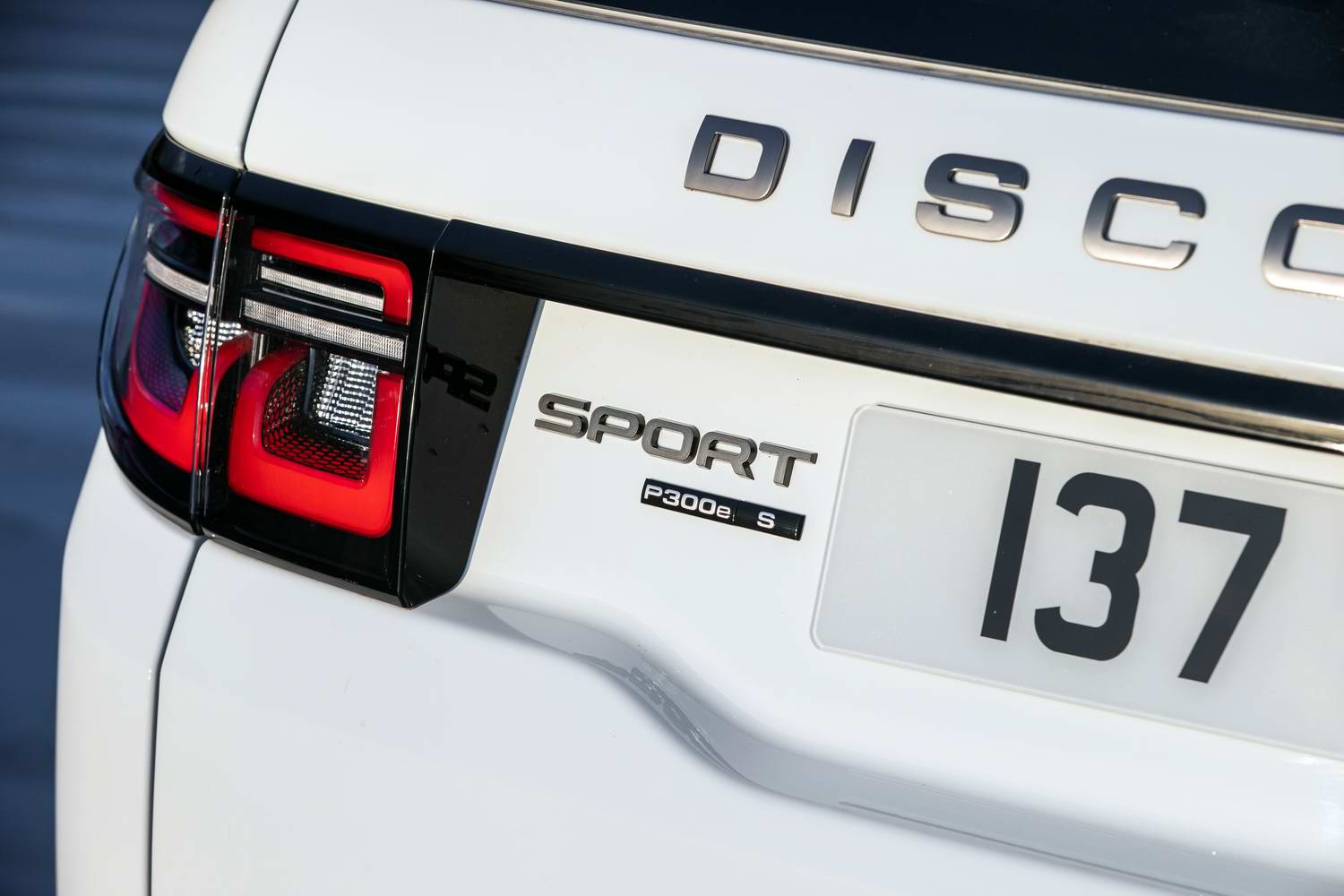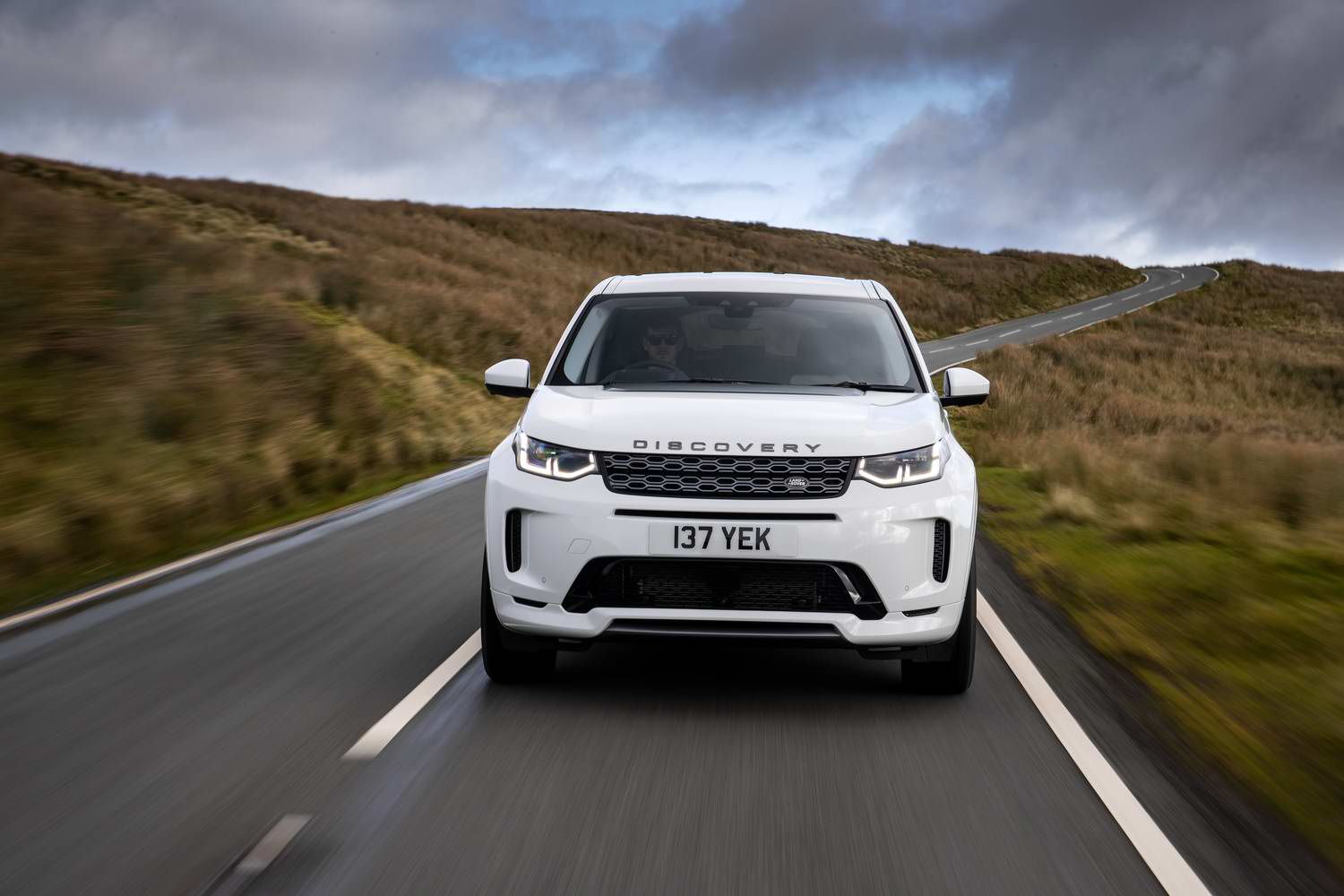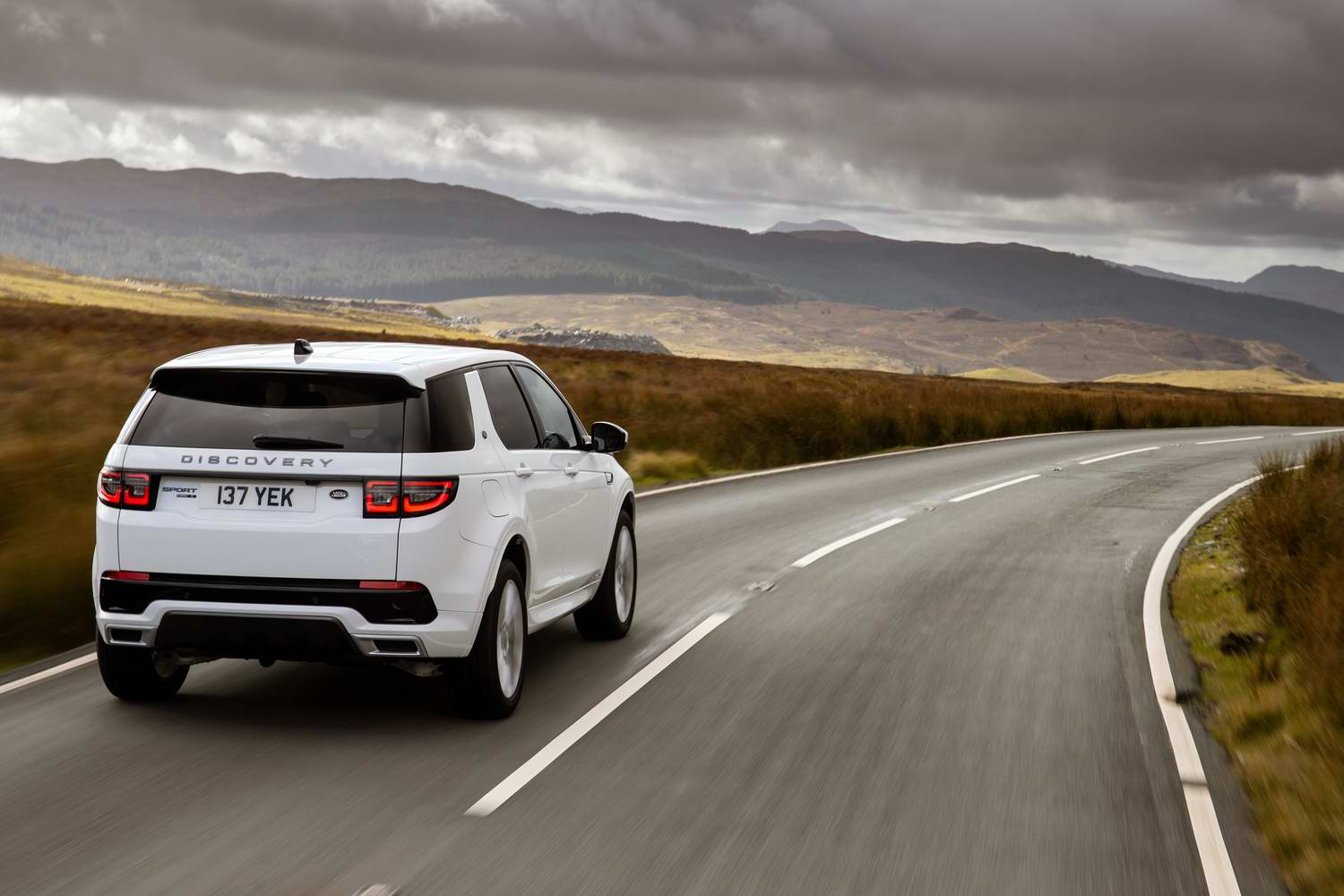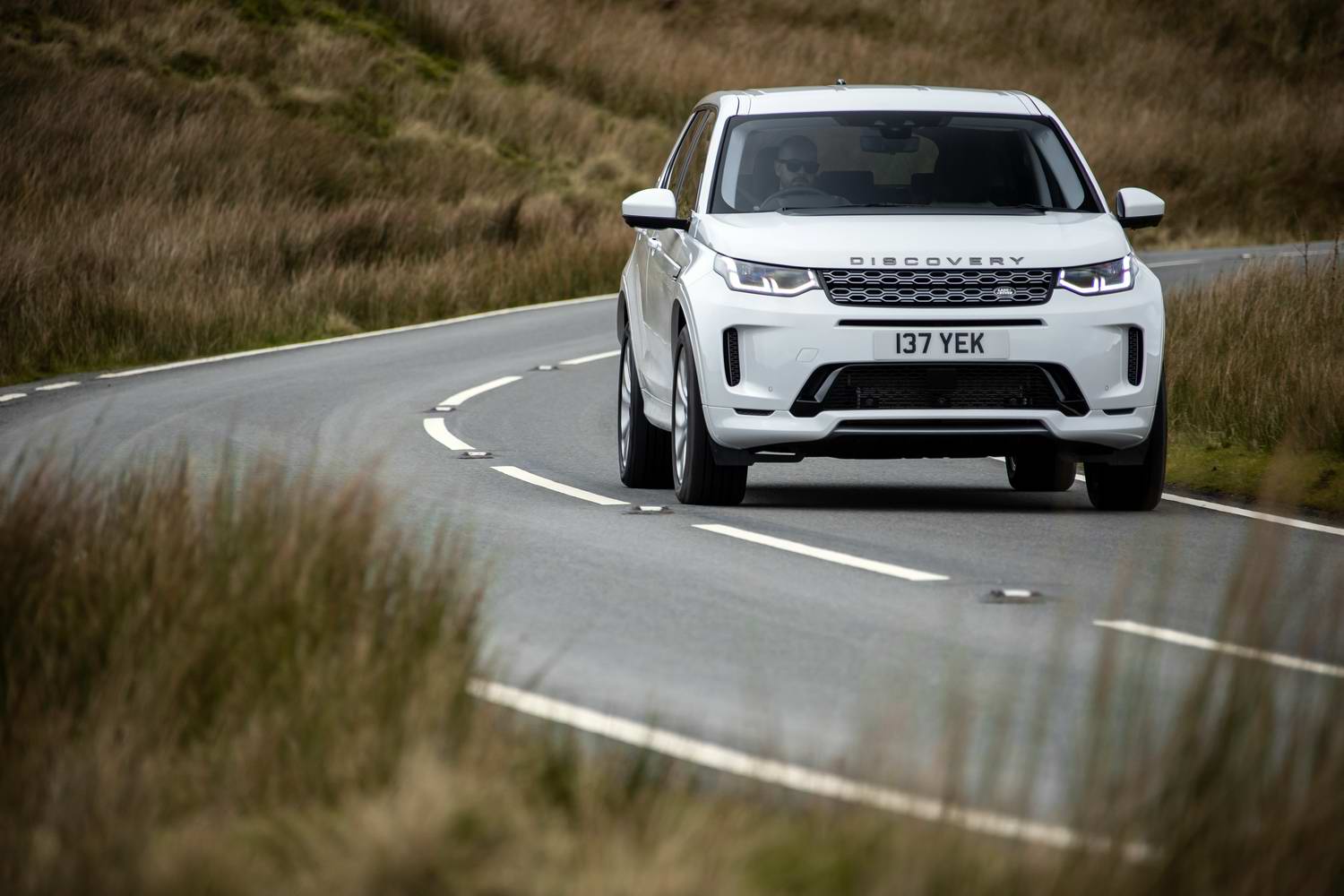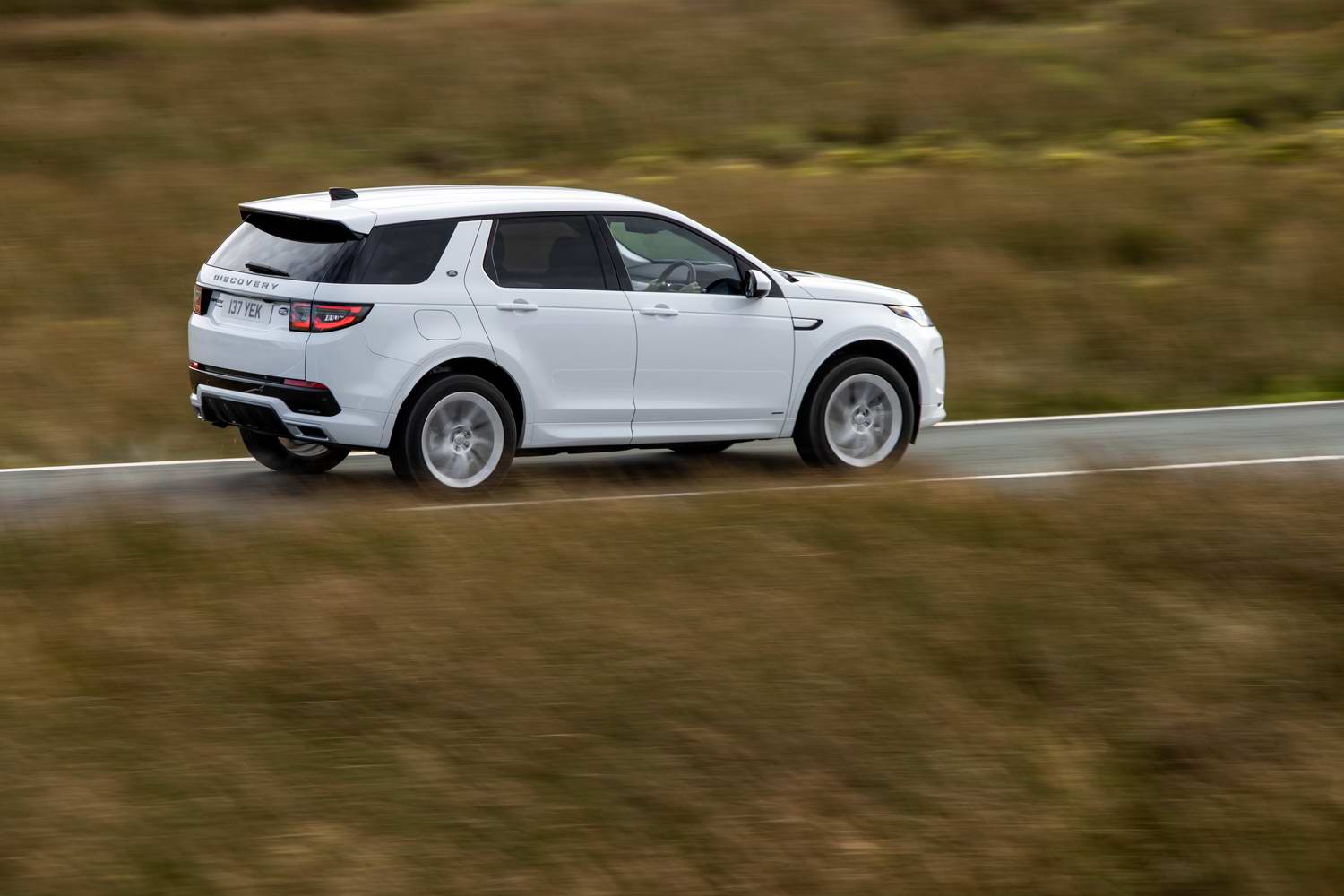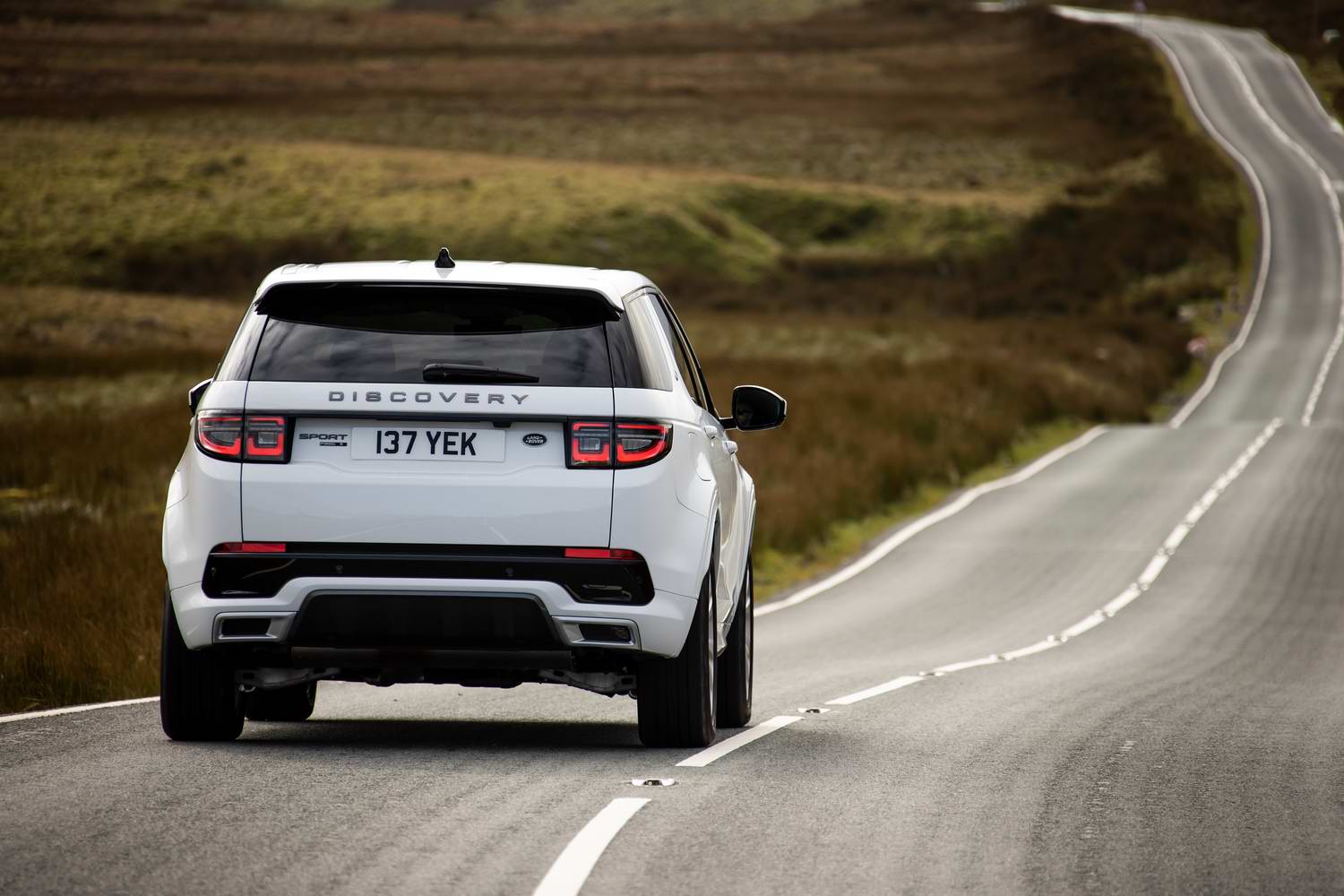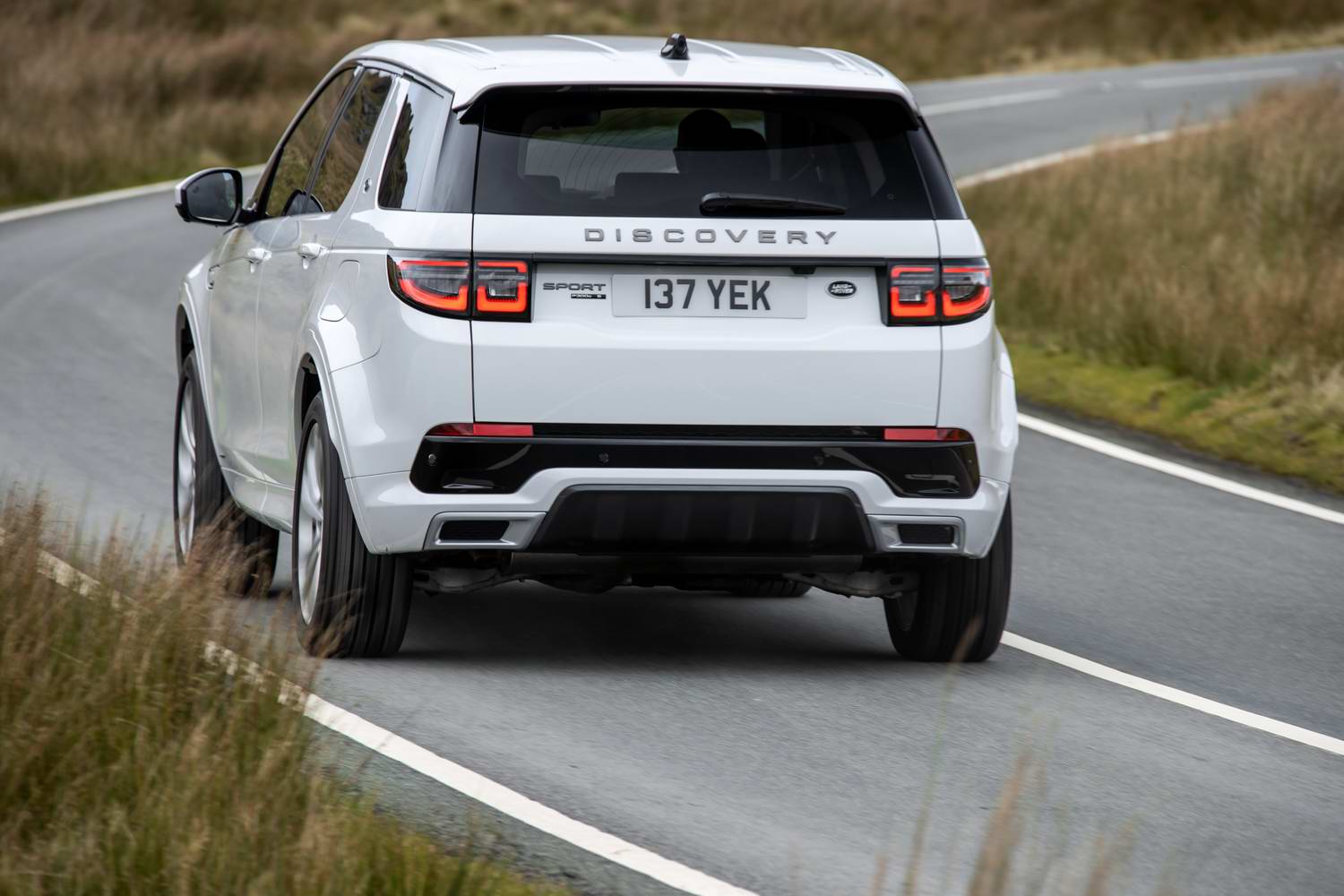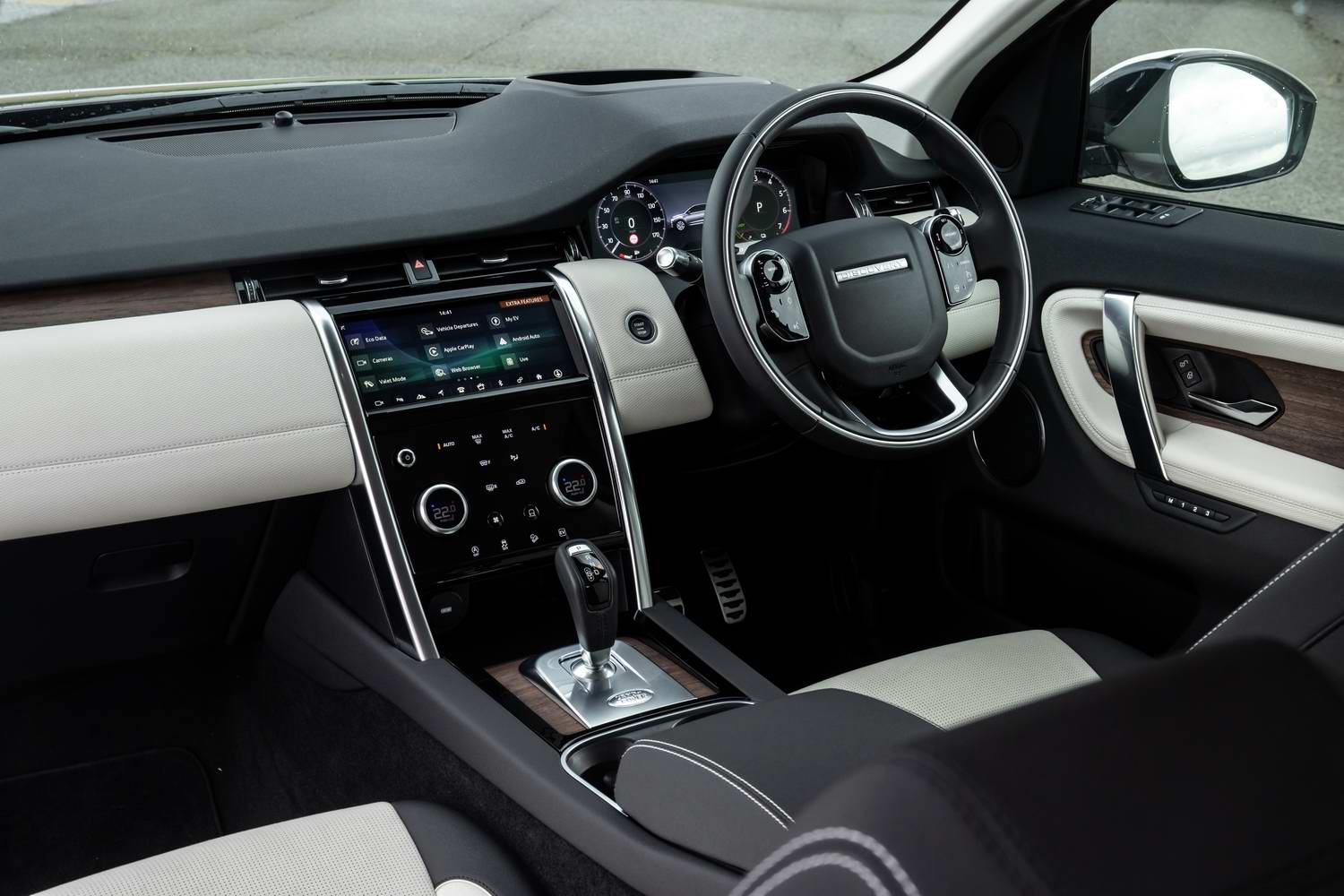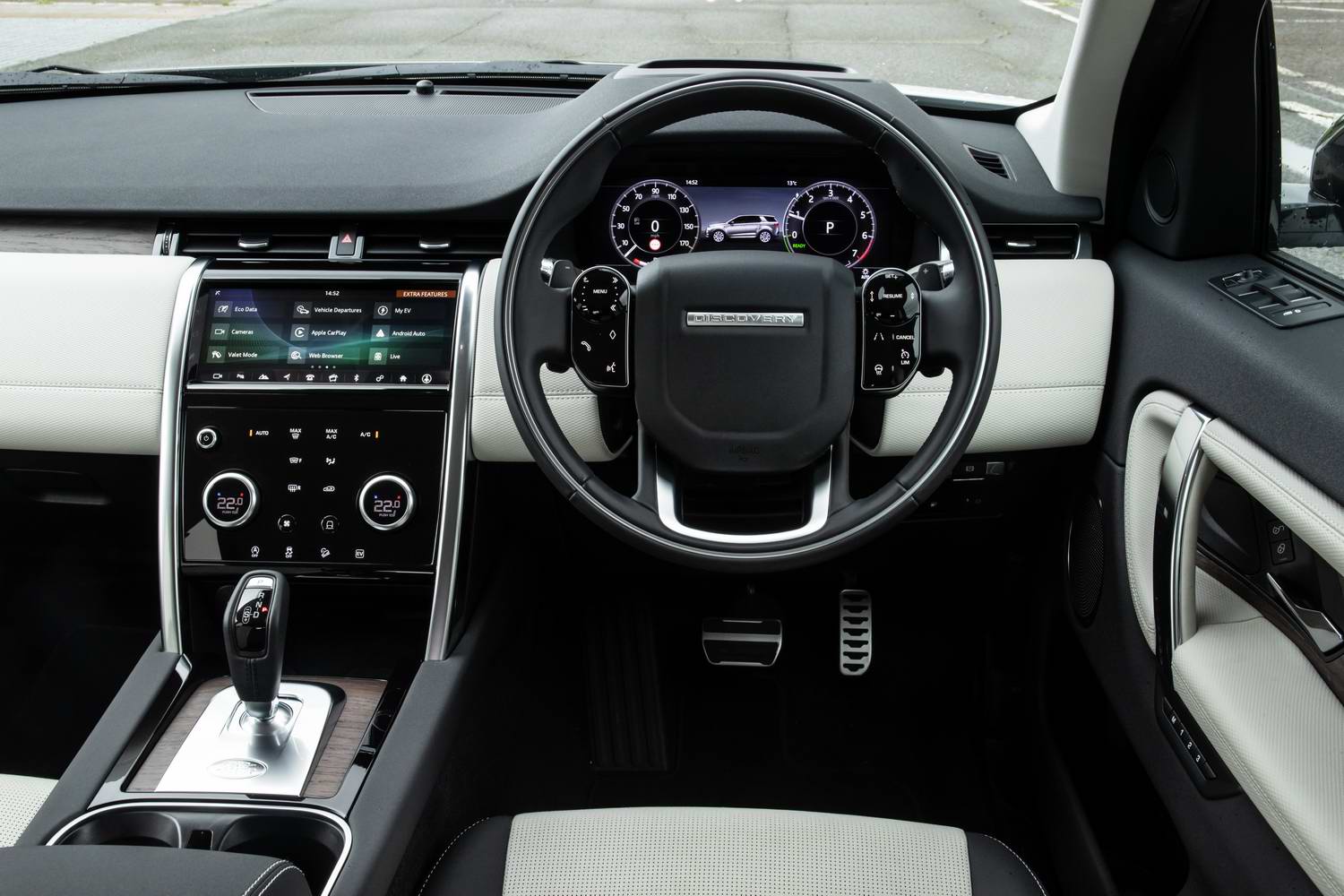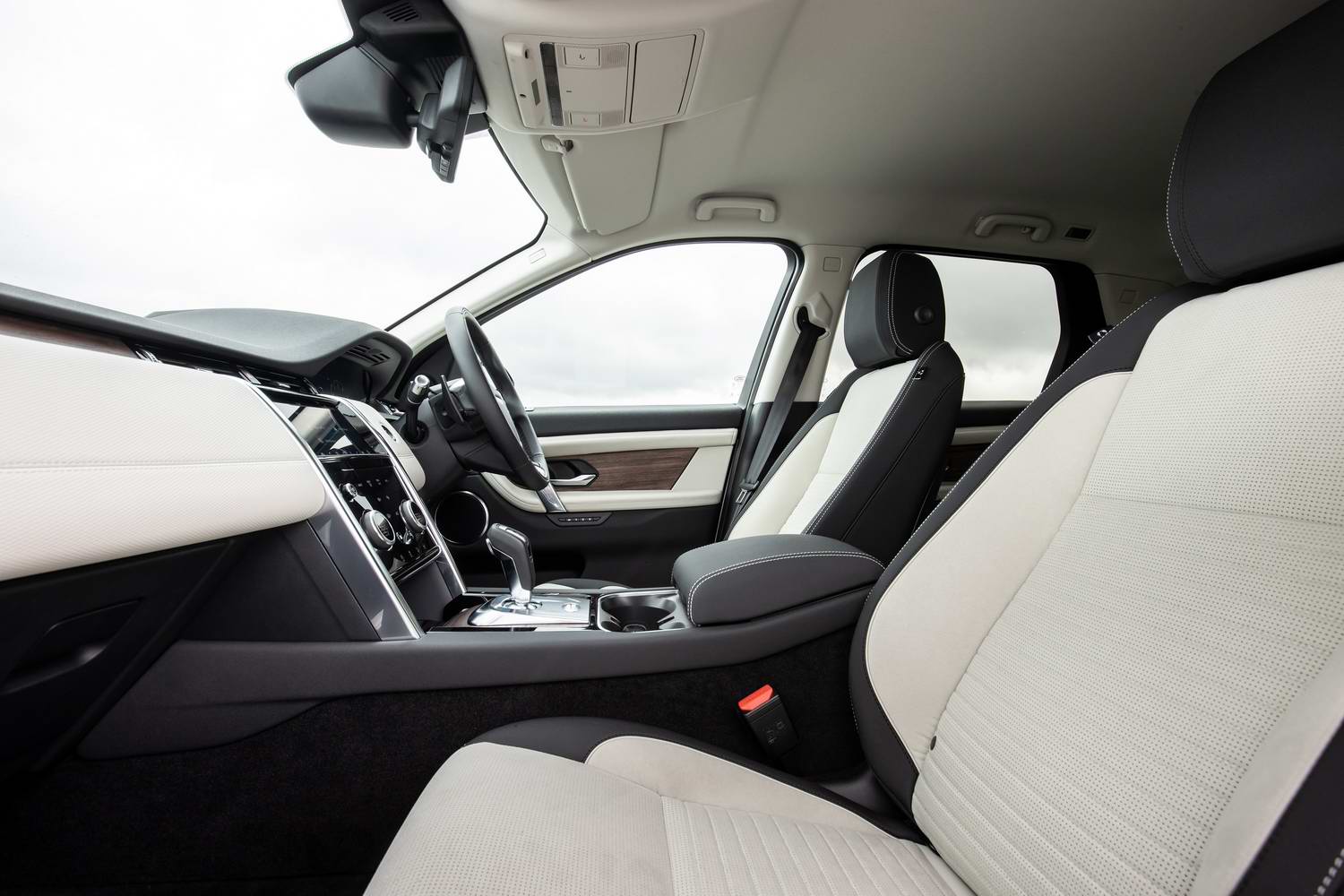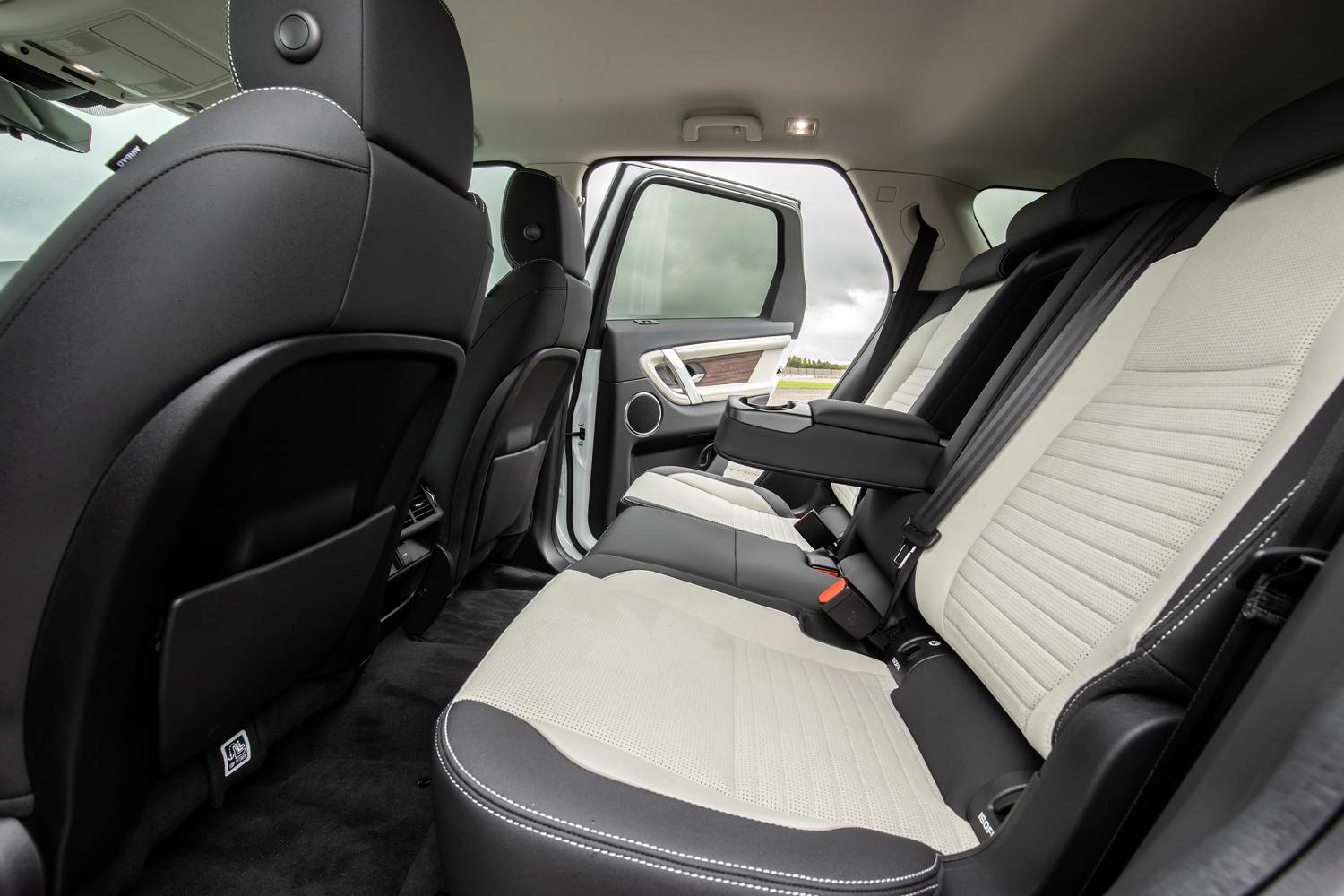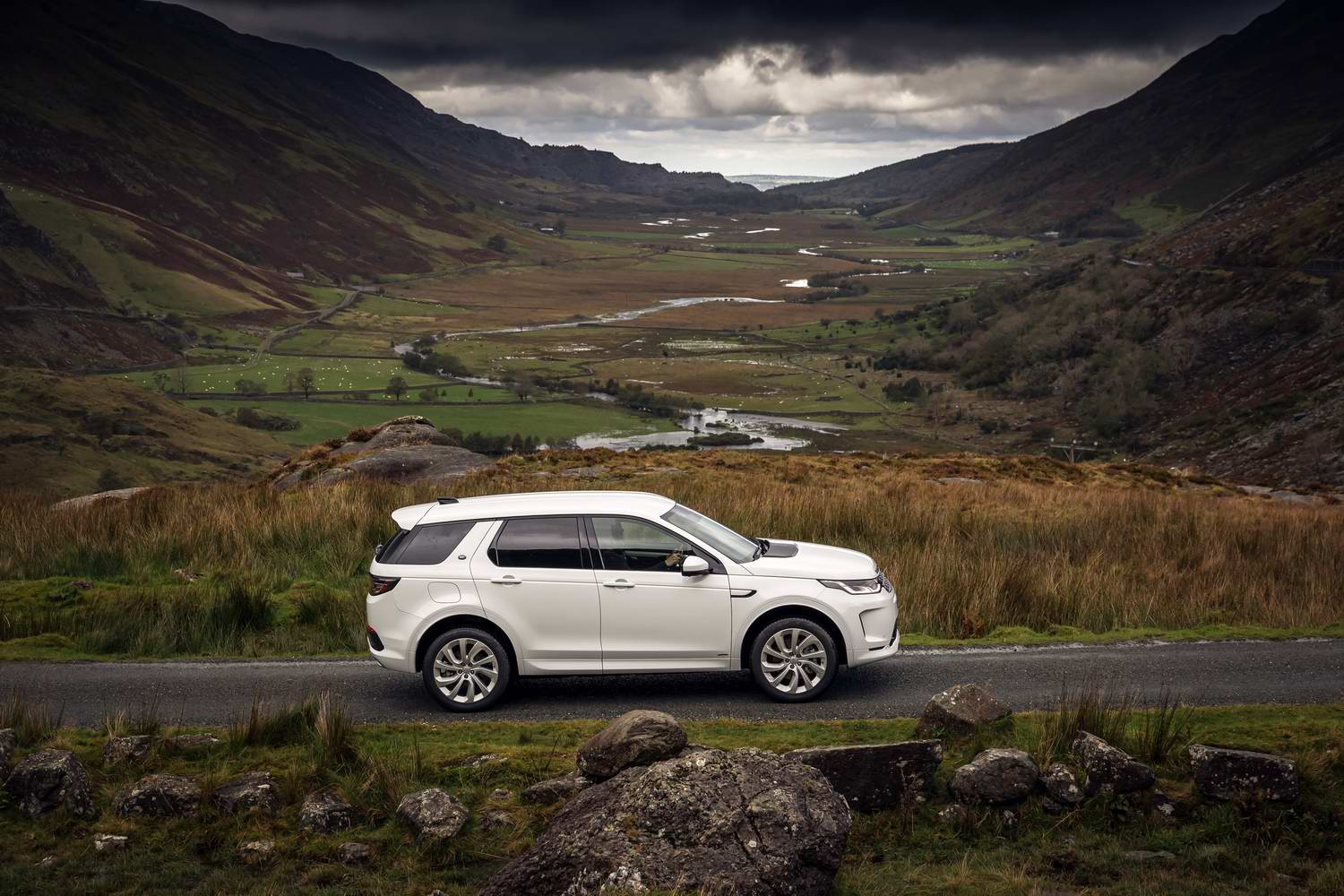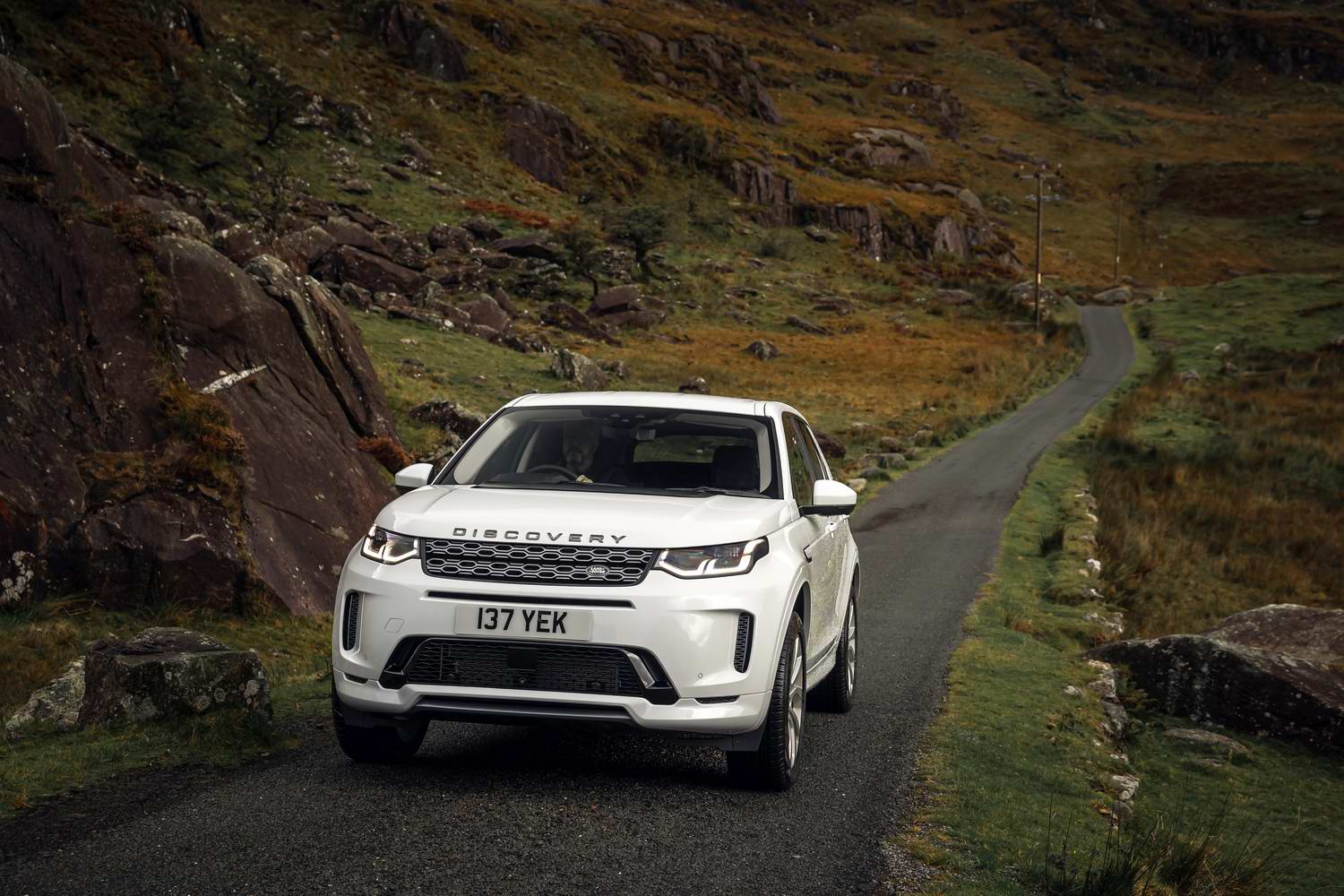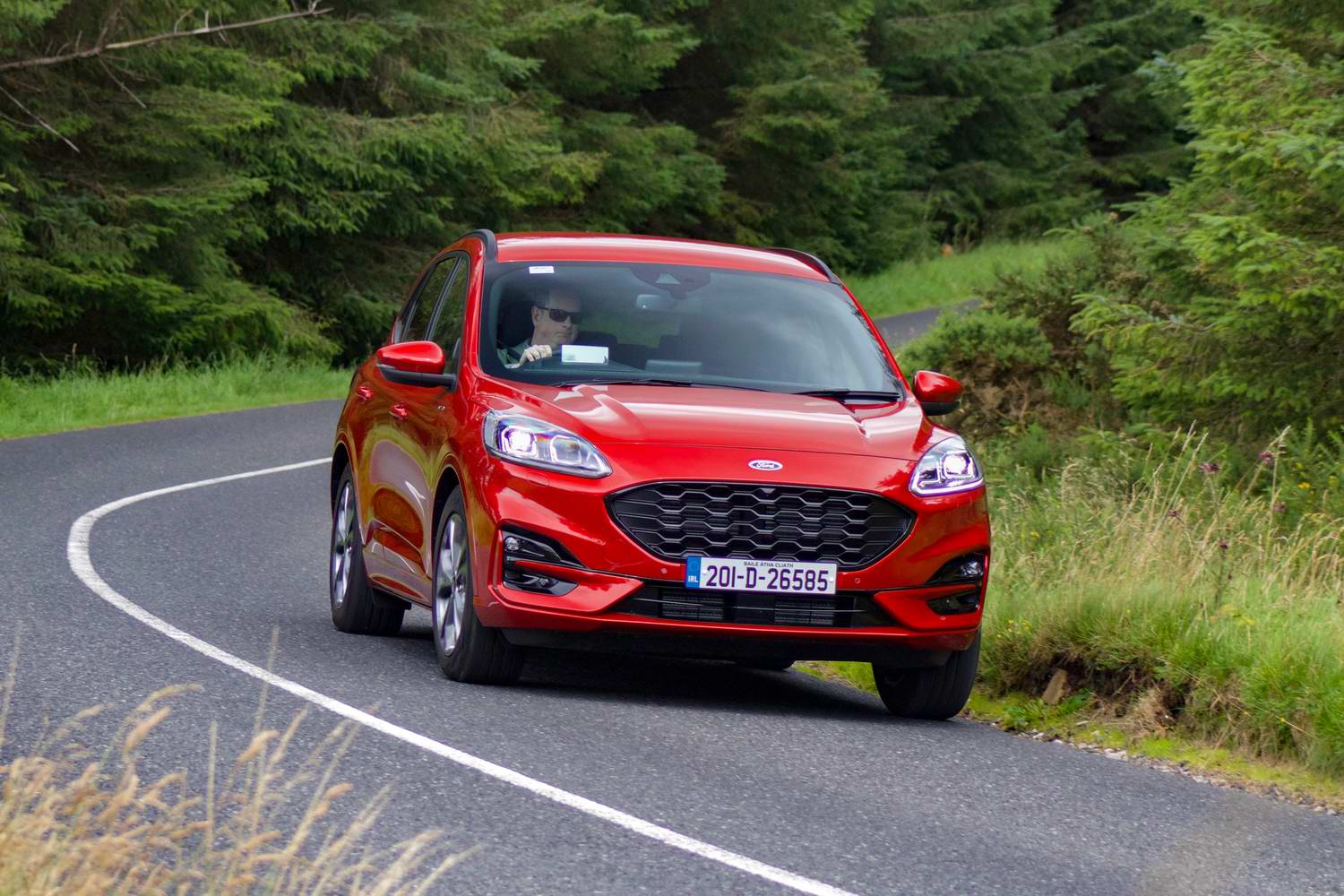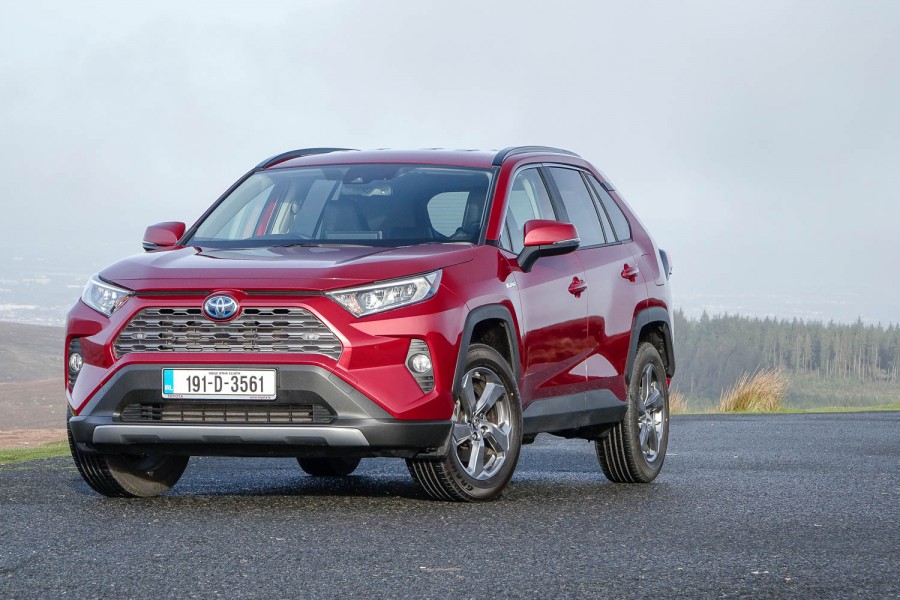Land Rover, at long last, adds electric power to its best-selling models. This Discovery Sport P300e plug-in hybrid gets an electric rear-axle and a new 1.5-litre three-cylinder petrol engine, but does it live up to its premium billing?
In the metal
Even though the Discovery Sport, updated only last year, isn't really a new car at all, but rather a thoroughly re-engineered and re-skinned version of the 2014 original, it's still a very striking-looking car. The smoother grille and lights lend it a slightly classier air than that of the old model, but the uneducated eye would struggle to tell the two apart at a distance. Which is grand - handsomeness has never been lacking in the Discovery Sport's armoury.
Inside, the cabin - once again - clearly lifts its basic style and shapes from the old model, but the detailing and the perceived quality are in another league compared with the first-gen Sport. The layout on the centre-console looks sleek, but it does take a bit of getting your head around, especially as you have to press some buttons to call up different functions for the handsome, tactile, rotary controllers. There's also the fact that the Discovery Sport has not yet received Land Rover's latest-spec 'Pivi Pro' infotainment system - the old infotainment is fine, but falling a bit behind the times. Ditto the digital instruments, which look a little cheap, graphically speaking.
Cabin space is, of course, a Discovery Sport strong point, with lounging legroom in the back seats. Boot space is excellent, with 963 litres available (Land Rover measures these things to the roof, not to the luggage cover as do most manufacturers) and 1,794 litres with the rear seats folded.
Sadly though, you can't have this Discovery Sport with its usual USP of seven seats. The fact that the electric motor is mounted under the boot floor means that there's no option for a third row of seats, so if you need to carry lots of people, you’ll have to stick with diesel or petrol power.
There might yet be some compelling reasons to buy this plug-in Discovery Sport, the P300e model, after all, though. For a start it gets a new engine. Although clearly related to the existing 2.0-litre four-cylinder turbo 'Ingenium' engine family, this one is a three-cylinder unit of 1.5-litre capacity, which Land Rover says is some 37kg lighter than an equivalent four-cylinder. It's assisted by an 80kW electric motor that draws its power from a rechargeable 15kWh battery pack. Fully charge that battery (which takes slightly less than an hour-and-a-half from a home 7.4kW charging point) and you can drive on just electric power for as much as 55km, according to Land Rover. Combined, the power output is 309hp (hence the slightly inaccurate P300e badge) with a healthy 540Nm of torque. Fuel consumption is rated at 2.0 litres per 100km, while CO2 emissions are just 44g/km.
Driving it
The standard Discovery Sport is one of the nicest and sweetest mid-size SUVs to drive, with lovely feel to the steering and excellent cornering balance. Little has changed, then, in the switch to plug-in-hybrid power and, while it never feels quite as sharp to drive as its slightly smaller brother, the Range Rover Evoque, the Discovery Sport is still a really pleasant thing to conduct along a winding road. The P300e is also very good at disguising the fact that it's heavier at the kerb than a standard model (clocking in at a significant 2,138kg here) and there's little-to-no sense through the steering, or in any extra body lean, that it's packing extra mass. The only giveaway is the ride quality, which is a little sharper over bumps, but we suspect that you could dial some of that back by dropping down an inch or two from the 20-inch alloys of our test car.
The powertrain seems mostly well-judged and on a full battery you should be able to get a solid 40-45km out of a charge before the call for help from the petrol engine. When that happens, that 1.5-litre three-cylinder unit is raspy, but smooth and characterful, and it never raises its voice further than a distant rumble so refinement is excellent. Indeed, so good is the refinement that we kept noticing an odd liquid-noise from behind the dashboard, almost like a distantly-flushing toilet. Most likely it was part of the heating, ventilation and air conditioning system, and equally likely it's there on every Discovery Sport model, but you just notice it in this one because there's no rumbling diesel engine to cover it up...
In performance terms, you really need to get both the petrol and electric halves of the drivetrain going at once to make progress. When they do, there's impressive straight-line thrust, and an entertaining growl from the engine. On just electric power, there seems to be enough for low-speed, urban journeys, but it's not what you'd call thrilling. Economy seems impressive, but that comes with the caveat that our test route was pretty short. Driving for around 90 minutes, we started with a full battery and ended with an empty one and having spent most of the time in 'Hybrid' mode, the dash readout read 202mpg. Which seems scarcely credible. Not least because earlier, driving a mechanically-identical Range Rover Evoque P300e, over a much shorter route, we had recorded a mere 47mpg. Still, as with any plug-in-hybrid, if you have the ability to park on a driveway at home and charge up, and your daily commute is in and around the 50km mark, you have the potential to score some truly exceptional economy figures, with the reassurance that you have a conventional petrol engine on board for longer runs. It is worth remembering, though, that nothing is so sensitive to how you actually use it in the real world as a plug-in-hybrid's fuel economy.
On that note, while many criticise anecdotal evidence that many company car users of plug-in-hybrids don't actually plug their cars in (especially those with corporate fuel cards) Land Rover claims that data from its hybrid buyers (thus far limited to Range Rover and Range Rover Sport P400e owners) suggests that the ratio of kilometres driven on electric or internal combustion power is approaching 50:50, and that people who bother to purchase such a vehicle have already invested in the idea of using it properly.
What you get for your money
Land Rover Ireland hasn't set a price for the plug-in-hybrid Discovery Sport yet, and the changes to both VRT and motor tax in the recent Budget will doubtless muddy the value waters further. A D180 diesel-engined Discovery Sport, in S R-Dynamic form, as was our P300e test car, retails for €56,080 so, judging from similar competitors, we'd expect a plug-in Discovery Sport in this trim to clock in at just under €60,000. For that, you get a long list of equipment, including Land Rover's clever 'ClearSight' rear view mirror (which can take a feed from a roof-mounted rear-facing camera), heated and electrically adjustable front seats and steering wheel, a head-up display, Matrix LED headlights, adaptive cruise control, wireless phone charging and all-digital instruments. Doubtless there will be more affordable versions with fewer toys, but given that the Discovery Sport bridges the gap between mass-market and premium brands, we'd expect it to offer decent value for money, even ignoring its potential for fuel savings.
Summary
In many ways, it's hard for us to truly judge how good a plug-in-hybrid model is, without spending a considerable amount of time with it, plugging it in at home, and finding out how truly frugal it can be. That said, on this first test, we've come away impressed by the new Discovery Sport P300e. Some of the infotainment and cabin fixtures could do with an update, but it's slick to drive, has a good powertrain and certainly returned exceptional fuel economy while we had it. This first impression is a good one.

